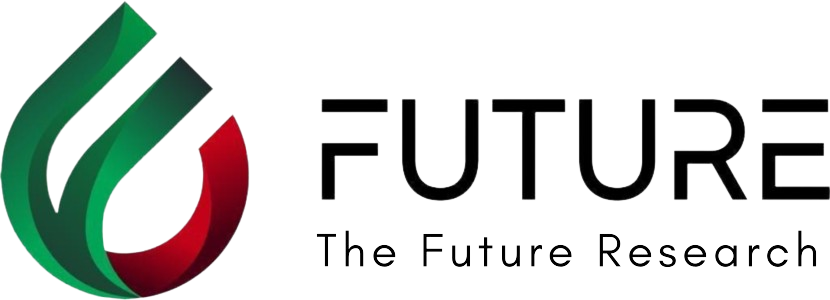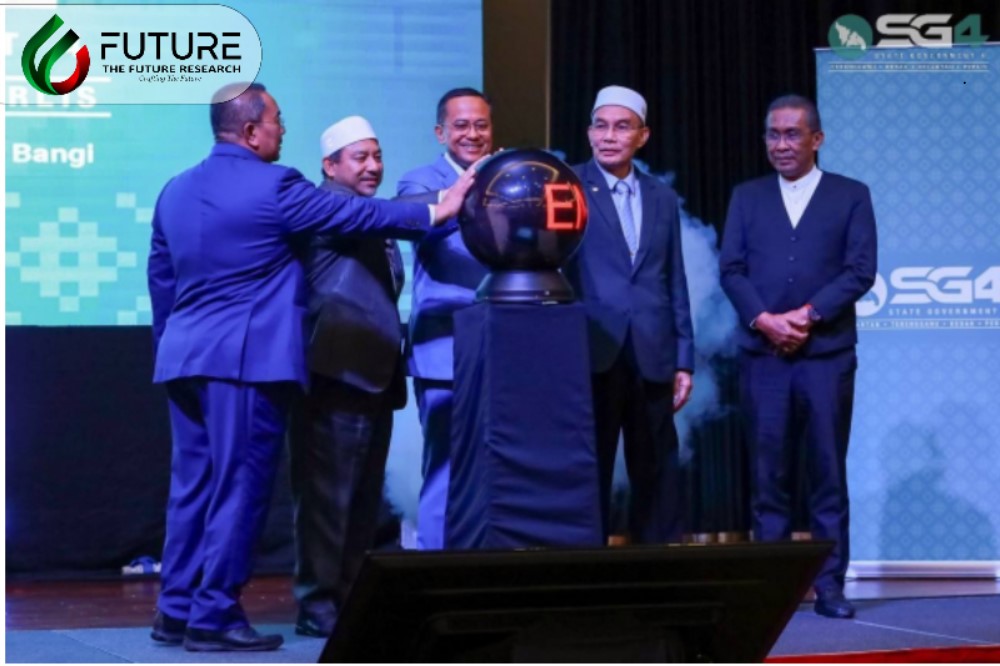There is no doubt, there are long standing social, political,and economic disparities amongst state within Malaysia.
The arching states of Kedah, Perlis, Kelantan and Terengganu populated overwhelmingly by Indigenous peoples were lagging behind particularly in terms of economic development and growth.
Although RMK12 (2021-25) highlights the government’s priority to encourage the economic development of these less developed states of Kedah, Kelantan, Perlis, Sabah, Sarawak, and Terengganu, coincidentally these states achieved not much and have recorded little improvement , perhaps, due to the fallout of pandemic COVID 19, state of emergency and the ensuing political turmoil culminating in the 15th general of 2022.
Post election 2022, Sabah and Sarawak gets a booster for economic growth and development and holds an effective bargaining power for its alignment with the newly formed PHBN led government which in turn leads to increasing economic opportunities in the two states, including larger annual budget allocations to fund development.
Meanwhile, Perlis, Kedah, Kelantan and Terengganu led by PN was seemingly “punished” for its electoral rejection of the PHBN coalition and made worse by the PMX insistence’s that parliamentary funds will only be channelled through negotiations.
Left with limited choice and thus the establishment of SG4, unlocking the economic potentials of these four states.
The Initiative represents a strategic effort to not only address the persistent economic disparities but, was designed to drive regional growth.
Central to the SG4 Initiative is the exploitation of Malaysia’s substantial reserves of Rare Earth Elements (REE). The region holds approximately 70% of the country’s ’s REE deposits, which are critical for advanced manufacturing and technology industries.
By harnessing these resources, the initiative aims to position the region as a leading player in the global supply chain for high-tech materials.
In addition to mineral resources, the initiative highlights the exploration of other abundant natural resources. Silica, for example, is a key component for advanced manufacturing processes. By tapping into these resources, the SG4 Initiative seeks to boost industrial capabilities and foster economic diversification.
Agriculture and food security are also major components of the plan. The initiative aims to enhance agricultural production in these states, promoting self-sufficiency and increasing national output. Strengthening the agricultural sector not only ensures food security but also supports local economies and reduces dependency on imports.
A significant aspect of the SG4 Initiative is the development of green technology. The region’s high levels of solar radiation make it ideal for solar energy projects, while biomass-based solutions offer additional avenues for sustainable energy. By focusing on green technology, the initiative aims to establish the region as a hub for environmental innovation and renewable energy.
Carbon trading represents another strategic opportunity. The SG4 Initiative plans to leverage the extensive forested areas in these states for carbon credit projects. This approach not only promotes environmental sustainability but also provides economic benefits through the sale of carbon credits.
Tourism and trade are also key focus areas. The development of infrastructure, such as the East Coast Rail Link (ECRL), is intended to enhance connectivity and establish the region as a gateway to Central Asia. This improved connectivity is expected to boost trade and attract tourists, further driving economic growth.
Eco-tourism is another promising area. The SG4 Initiative aims to promote the region’s natural beauty and attractions, such as Langkawi, Perhentian, Redang, and Kapas. By leveraging these eco-tourism assets, the initiative seeks to draw international visitors and support local businesses.
Investment-friendly zones are being developed to attract both domestic and international investors. These large, affordable industrial zones are designed to provide favorable conditions for business ventures and economic activities, encouraging investment and job creation.
The initiative also recognizes the potential of the Halal industry and Islamic finance technologies. With a high percentage of the Muslim population in these states, there is significant opportunity for growth in these sectors on a global scale. By capitalizing on this demographic advantage, the SG4 Initiative aims to establish the region as a leader in Halal and Islamic fintech markets.
Finally, the initiative seeks to strengthen the educational landscape by building on the existing Islamic education institutions. This focus on education aims to create a robust educational ecosystem, supporting skill development and fostering innovation.
Overall, the SG4 Initiative is a comprehensive strategy designed to address economic disparities and transform the targeted states into vibrant economic hubs.
By focusing on critical minerals, natural resources, agriculture, green technology, carbon trading, tourism, investment, and education, the initiative is set to be the Litmus test and showcase the extent and the effectiveness of federalism in driving regional development and economic progress in Malaysia.
Mohd Roslan Mohd Saludin
Consultant Fellow (Social)
The Future Research


Leave a Reply